Tungsten Carbide Plates
Tungsten carbide alloy plates are manufactured by powder metallurgy process with tungsten carbide as the hard phase and cobalt as the binder phase. Featuring high hardness, wear resistance, high-temperature resistance and corrosion resistance, they are plate products suitable for industrial fields such as cutting tools, wear-resistant linings and molds.
Products Provided by Kedel
Tungsten carbide alloy strips are strip-shaped functional materials. They are sintered from tungsten carbide powder and binder phases like cobalt through powder metallurgy technology, featuring high hardness, wear resistance, and high-temperature resistance.
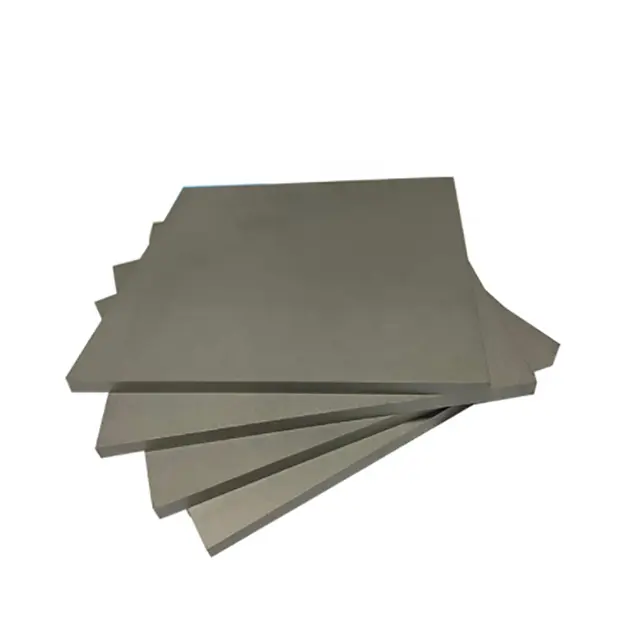
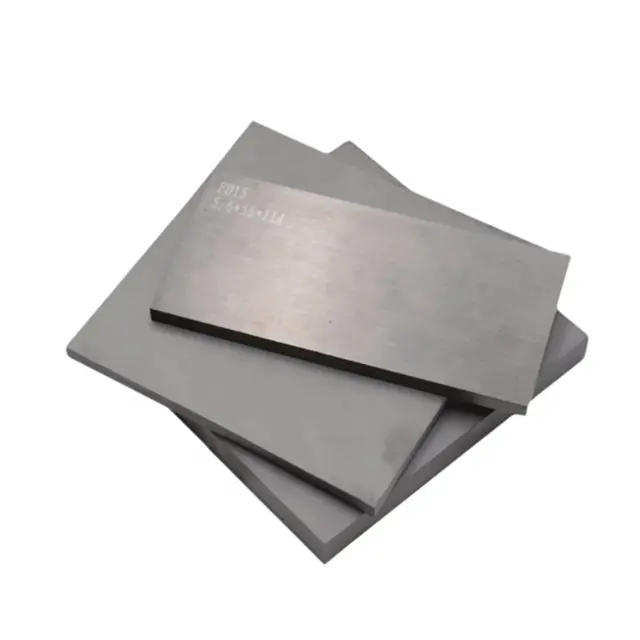
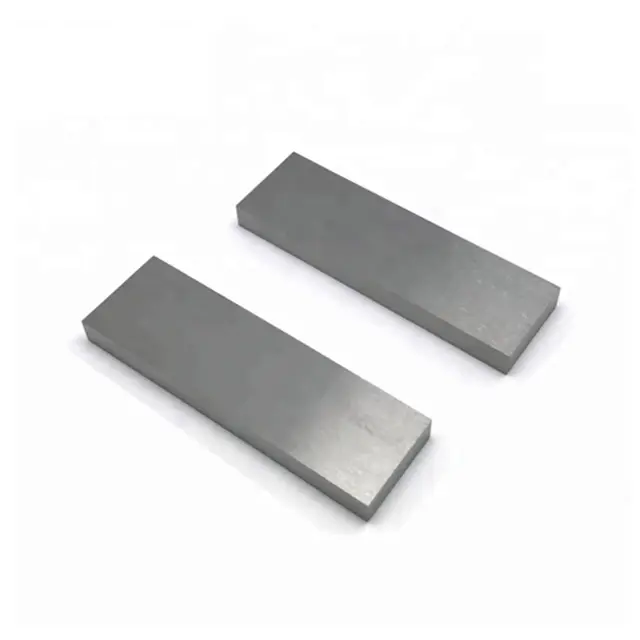
Application Scenarios of Plates
Tungsten carbide alloy plates, owing to their excellent wear resistance, high hardness, and impact resistance, are mainly applied in industrial fields with extremely high requirements for wear resistance and strength. These include mining machinery (such as crusher linings, screen plates), metallurgy (wear-resistant components for steel rolling equipment, blast furnace linings), petrochemicals (wear-resistant linings for high-pressure pipelines, valve sealing plates), mechanical manufacturing (mold backing plates, cutting tool substrates), and aerospace (high-temperature and wear-resistant structural components).

Mining Industry
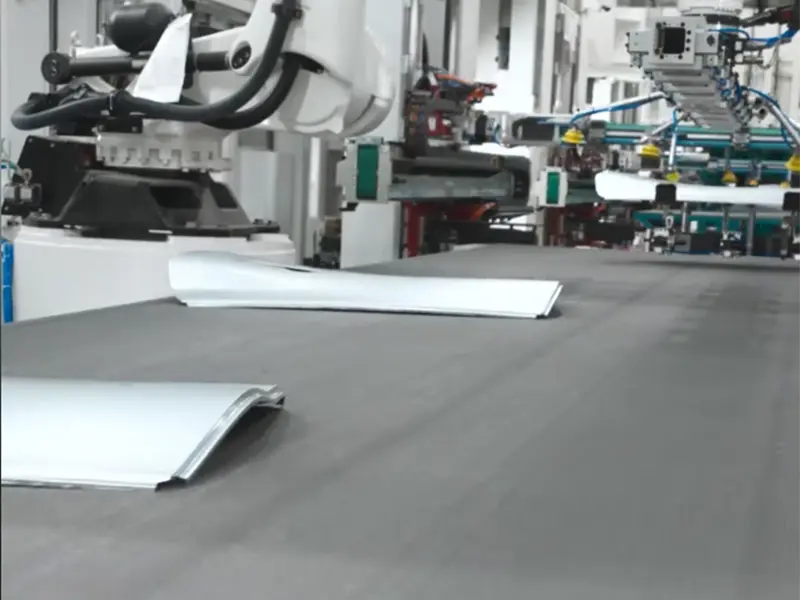
Mold & Die Industry
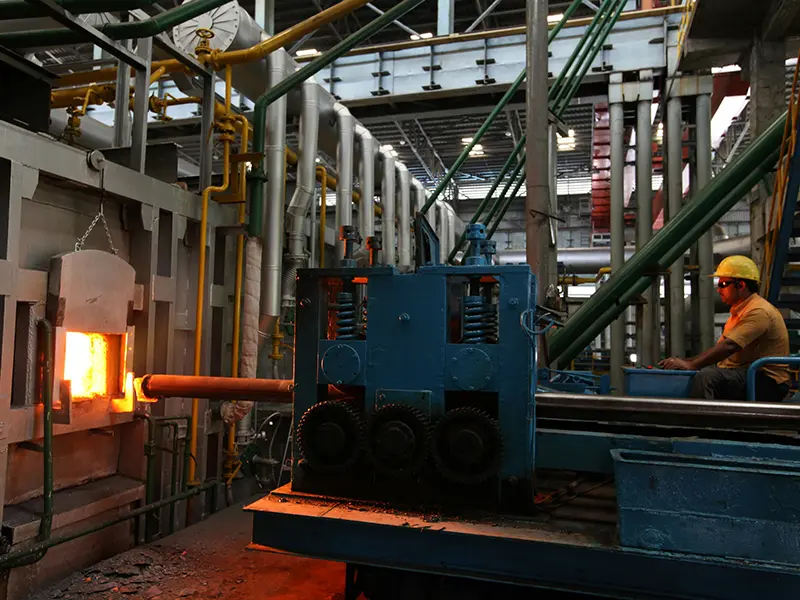
Metallurgical Industry

Medical Industry
Uncover Your Needs with Us!
Want to customize a suitable tungsten carbide alloy plate? Please provide the equipment adaptation information, the performance standards for the plate (such as hardness, precision, etc.), and the actual operating environment (temperature, corrosion and other working conditions), and the engineer will customize the solution and communicate with you within 72 hours.
What is a tungsten carbide alloy Plates?

What Products Are Commonly Used For?
Lorem ipsum dolor sit amet, consectetur adipiscing elit. Ut elit tellus, luctus nec ullamcorper mattis, pulvinar dapibus leo.

Mining Industry - Crusher Liner
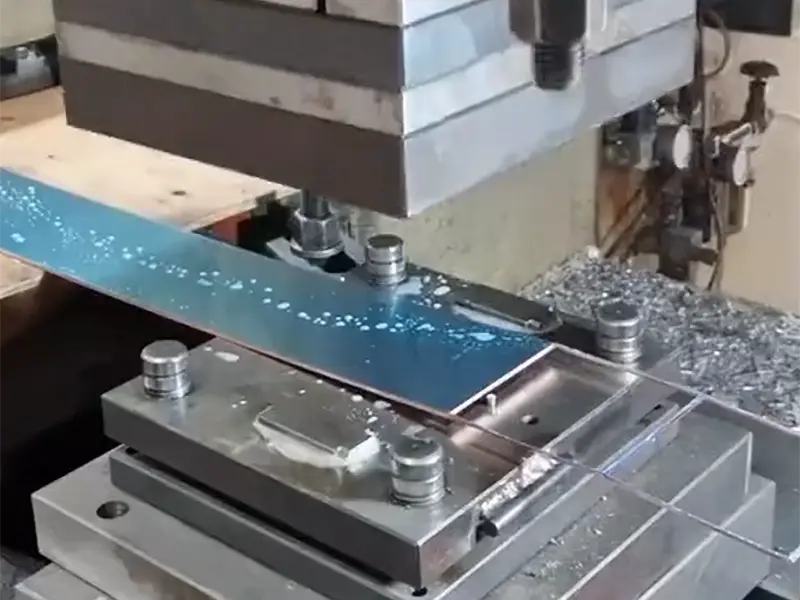
Mold & Die Industry - Stamping Die

Metallurgical Industry - Blast Furnace Lining
Types of tungsten carbide Plates
Lorem ipsum dolor sit amet, consectetur adipiscing elit. Ut elit tellus, luctus nec ullamcorper mattis, pulvinar dapibus leo.

Add Your Heading Text Here
Lorem ipsum dolor sit amet, consectetur adipiscing elit. Ut elit tellus, luctus nec ullamcorper mattis, pulvinar dapibus leo.

Add Your Heading Text Here
Lorem ipsum dolor sit amet, consectetur adipiscing elit. Ut elit tellus, luctus nec ullamcorper mattis, pulvinar dapibus leo.

Add Your Heading Text Here
Lorem ipsum dolor sit amet, consectetur adipiscing elit. Ut elit tellus, luctus nec ullamcorper mattis, pulvinar dapibus leo.

Add Your Heading Text Here
Lorem ipsum dolor sit amet, consectetur adipiscing elit. Ut elit tellus, luctus nec ullamcorper mattis, pulvinar dapibus leo.

Add Your Heading Text Here
Lorem ipsum dolor sit amet, consectetur adipiscing elit. Ut elit tellus, luctus nec ullamcorper mattis, pulvinar dapibus leo.
What parameters need to be understood?
Lorem ipsum dolor sit amet, consectetur adipiscing elit. Ut elit tellus, luctus nec ullamcorper mattis, pulvinar dapibus leo.
I. Material Composition and Grades
- Tungsten (W) and Cobalt (Co) Content
Tungsten carbide alloys (cemented carbides) mainly consist of tungsten carbide (WC) and cobalt (Co), with cobalt serving as the binder phase. The cobalt content directly affects the alloy’s toughness and hardness.- Higher cobalt content (e.g., 10%–20%): Better toughness, suitable for impact-loading scenarios (e.g., mining tools).
- Lower cobalt content (e.g., 3%–8%): Higher hardness and wear resistance, ideal for cutting tools or high-wear environments.
- Example: Grade YG8 denotes a tungsten-cobalt alloy with 8% cobalt, commonly used for wear-resistant components; YT15 contains 15% titanium carbide (TiC), suitable for steel cutting.
- Other Alloying Elements
Some alloys add titanium (TiC), tantalum (TaC), niobium (NbC), etc., to improve high-temperature resistance and corrosion resistance (e.g., YT-series alloys for stainless steel machining).
II. Physical and Mechanical Property Parameters
- Hardness
Expressed by Vickers hardness (HV) or Rockwell hardness (HRA). Higher hardness indicates stronger wear resistance.- Example: Alloys for wear-resistant components typically have a hardness of HV 1500–2000 (HRA 89–92), while cutting tools can reach over HV 2000.
- Flexural Strength
Reflects the alloy’s resistance to bending fracture, in MPa. High-cobalt alloys have higher flexural strength (e.g., YG15 has a flexural strength of ~2100 MPa), suitable for impact-bearing applications. - Density
Tungsten carbide alloy density is ~14–15.6 g/cm³. Higher density indicates higher WC content and better wear resistance (pure WC density is ~15.6 g/cm³). - Thermal Conductivity and Coefficient of Thermal Expansion
Alloys with good thermal conductivity (e.g., YG series) are suitable for high-temperature environments (e.g., molds, cutting tools) to avoid deformation from heat accumulation.
III. Specification and Dimensional Parameters
- Plate Thickness, Width, Length
- Conventional thickness range: 0.5 mm–100 mm; width and length can be customized (e.g., common 规格: 100 mm × 100 mm × 5 mm). Confirm tolerance ranges (e.g., thickness ±0.05 mm).
- Surface Precision
- Surface roughness (e.g., Ra ≤0.8 μm): Higher precision is required for precision components.
- Flatness: Whether the plate is flat, with error range (e.g., ≤0.1 mm per meter).
IV. Processing and Application Parameters
- Application Scenarios
Clarify the application field (e.g., mining, machining, ballistic protection, etc.), and suppliers can recommend suitable grades based on requirements. For example:- Mining alloy plates require high toughness (e.g., YG11C);
- Alloy plates for steel cutting need TiC addition (e.g., YT14).
- Processing Requirements
Whether subsequent processing (e.g., cutting, drilling, grinding) is needed: High-hardness alloys require diamond tools for machining. Confirm in advance if the plate is suitable for customized processing.